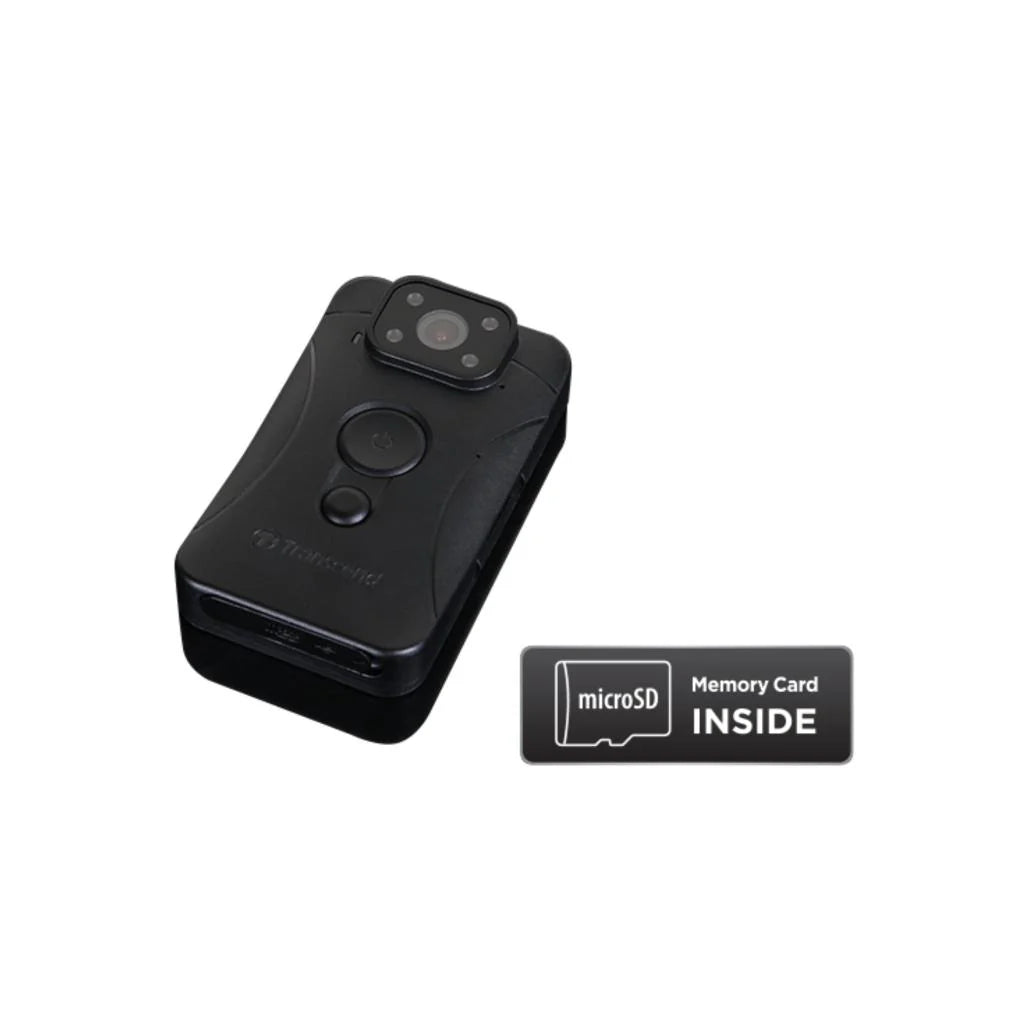Body cameras or body worn cameras have recently emerged as a revolutionary tool in law enforcement, public safety, and various professional fields. These compact devices, worn by individuals, have significantly changed how incidents are recorded, reviewed, and understood, marking a significant advancement in contemporary surveillance and transparency practices.
Introduction to Body Cameras
Body cameras, also known as body worn cameras (BWCs) or wearable cameras, are small devices typically worn by law enforcement officers, security personnel, and occasionally other professionals such as paramedics or social workers. They are designed to capture real-time audio and video recordings of interactions, incidents, and activities, providing an impartial viewpoint from the wearer's perspective.
Enhancing Accountability and Transparency
A primary driver behind the widespread adoption of body worn cameras is to improve accountability and transparency across various professions. Law enforcement agencies, in particular, have embraced these devices to accurately document interactions between officers and the public. The presence of body cameras encourages professionalism and adherence to protocols among personnel, who know their actions are recorded and subject to review.
Fostering Public Trust
Body worn cameras play a crucial role in building trust and nurturing positive relationships between law enforcement agencies and the communities they serve. By capturing objective evidence of interactions, these cameras help resolve misunderstandings or disputes that may arise during incidents. Communities are more likely to trust agencies that demonstrate transparency through the use of body cameras, fostering mutual respect and cooperation.
Collecting and Documenting Evidence
In legal contexts, body camera worn cameras police footage serves as valuable evidence in investigations, prosecutions, and court proceedings. This video evidence provides a clear and unfiltered account of events, reducing reliance on subjective recollections or testimonies. Such evidentiary support enhances the integrity of criminal justice processes and promotes fair and just outcomes.
Training and Professional Development
Body worn cameras also serve as valuable tools for training and professional development within organizations. Supervisors and trainers can analyze footage to identify best practices, evaluate performance, and offer constructive feedback to personnel. This continuous learning process contributes to ongoing improvements in skills, decision-making, and crisis management among professionals who utilize body cameras.
Protecting Rights and Ensuring Accountability
Beyond law enforcement, body worn camera price is affordable and are increasingly utilized in healthcare settings, social services, and private security sectors to protect the rights of clients, patients, or individuals receiving services. These cameras help ensure accountability and adherence to professional standards, promoting ethical conduct and reinforcing organizational policies aimed at safeguarding vulnerable populations.
Addressing Challenges and Considerations
While body worn cameras for sale offer numerous offers & benefits, their implementation presents challenges such as privacy concerns, data management issues, and impacts on individual rights. Clear policies and guidelines are essential to effectively navigate these complexities. Organizations deploying body cameras must address these considerations to maximize benefits while minimizing potential drawbacks.
Technological Advancements and Future Trends
As technology progresses, body worn cameras continue to advance in video resolution, battery life, storage capacity, and integration with other systems such as facial recognition and artificial intelligence. Ongoing development of standards and regulations ensures the responsible evolution of body cameras, meeting operational needs while upholding ethical considerations.
Public Perception and Community Engagement
Public acceptance and perception of body worn cameras are pivotal to their successful deployment. Effective communication regarding their purpose, benefits, and limitations is crucial for gaining community support and addressing concerns. Engaging stakeholders in discussions about body camera use fosters transparency and accountability, reinforcing their role as tools for enhancing safety and public service delivery.
Conclusion
In conclusion, body worn cameras represent a transformative advancement in surveillance technology, offering unprecedented benefits in accountability, transparency, and evidence collection across various professions. From law enforcement to healthcare and beyond, these devices have revolutionized the documentation and understanding of interactions and incidents. As their adoption expands, maintaining principles of privacy, fairness, and ethical usage is vital to ensure body cameras fulfill their intended role in enhancing public safety and professional standards. By responsibly leveraging these technologies, society can cultivate trust, improve outcomes, and progress towards a more transparent and equitable future.
CAMSTORE Blogs
Body Worn Cameras for Security, Police - Transcend DP10 Body Camera
Which Car Horn Brand Is Best? A Deep Look at the FIAMM AM80SX Car Horn
What is the Best Sounding Bluetooth Speaker in the World?
Which is the Best Bluetooth Speaker in India 2025
What Do Fog Lights Do on a Car? A Deep Dive into LightFORCE Blitz 240mm Halogen Fog Lights
